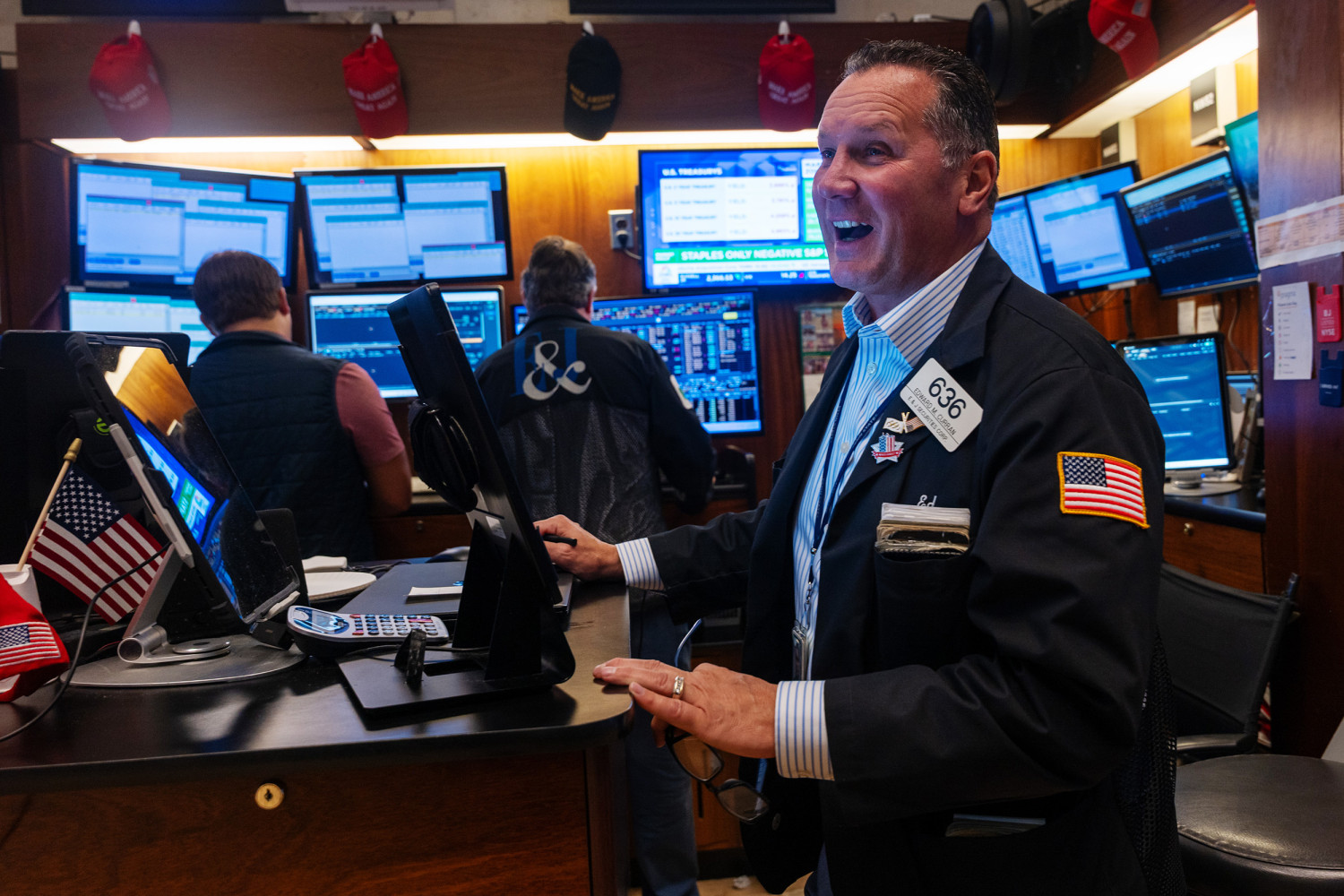Tariffs have long been a central tool in the arsenal of economic policy, used by governments to influence trade, protect domestic industries, and generate revenue. In recent years, the United States has relied heavily on tariffs as part of its broader trade strategy, particularly in relation to China and other key trading partners. This renewed focus on protectionism has sparked intense debate over whether tariffs help or harm the U.S. economy. A closer look reveals that the effects of these policies are complex, far-reaching, and often produce mixed results.
At their essence, tariffs function as taxes placed on products brought in from other countries. By increasing the expense of imported items, tariffs aim to provide local industries with a competitive edge, ideally motivating consumers to opt for domestically produced options. In principle, this can boost local production, safeguard employment, and lessen trade disparities. Nevertheless, the actual effects of tariffs frequently differ from these theoretical predictions.
One notable instance in the past few years has involved the commercial friction between the United States and China. Starting in 2018, the U.S. enacted multiple tariffs on numerous billions of dollars’ worth of goods imported from China, including metals such as steel and aluminum, as well as consumer products like electronics and apparel. In retaliation, China implemented its own tariffs on U.S. products, initiating a trade conflict that influenced worldwide markets.
For producers in the United States, particularly in sectors such as steel and aluminum, the tariffs initially offered some respite by increasing the cost of foreign competitors. Some industries experienced a temporary rise in production and investment. Nonetheless, the overall impact on the U.S. economy turned out to be more intricate.
One of the most immediate effects was a rise in costs for American businesses that rely on imported materials and components. Tariffs on Chinese goods meant that manufacturers, from automakers to appliance producers, faced higher input costs. In many cases, these additional expenses were passed on to consumers in the form of higher prices. This ripple effect contributed to inflationary pressures, which were already a growing concern in the global economy.
Small and medium-sized enterprises were especially at risk. Unlike major corporations with varied supply networks and substantial resources, smaller businesses frequently found it challenging to cope with rising costs or locate new suppliers. Many faced tough decisions: increasing prices, decreasing profits, or reducing workforce.
For consumers, the impact of tariffs was felt through higher prices on everyday goods, including electronics, household items, and clothing. While the intention of tariffs was to promote domestic manufacturing, in some cases there simply were no U.S.-made alternatives available, meaning consumers bore the brunt of the increased costs without reaping the supposed benefits of greater domestic production.
Another consequence of the tariff strategy was the disruption of global supply chains. Many American companies operate in a highly interconnected global economy, sourcing parts and materials from multiple countries. Tariffs on Chinese imports forced some firms to reconsider their supply chains, but relocating production proved to be expensive and time-consuming. In some cases, companies shifted operations to other low-cost countries rather than bringing manufacturing back to the United States, undermining the goal of domestic job creation.
The farming industry faced considerable difficulties as well. Farmers in America were entangled in the backlash of counter-tariffs applied by China and other trade allies. Shipments of soybeans, pork, and other vital crops decreased sharply as international markets either shut down or placed substantial levies on products from the U.S. The federal administration reacted by providing aid packages worth billions of dollars to assist farmers, but the economic pressure and unpredictability left a lasting impact on rural areas.
Economists have pointed out that while tariffs can offer temporary protection for certain industries, they often do so at the expense of the broader economy. Studies have estimated that the U.S. tariffs on Chinese imports, combined with China’s retaliatory measures, reduced U.S. gross domestic product (GDP) and employment in affected sectors. Some estimates suggest that the trade war shaved off as much as 0.3% of U.S. GDP at its peak, with the loss of hundreds of thousands of jobs tied to export industries.
Additionally, tariffs have the potential to put pressure on diplomatic relationships and exacerbate global economic instability. The trade conflict between the U.S. and China impacted not only their bilateral trade but also introduced uncertainty for businesses and investors across the globe. Markets responded to each new set of tariffs with fluctuations, underscoring the wider economic threats posed by extended trade conflicts.
Despite these challenges, some policymakers continue to defend the use of tariffs as a necessary tool for addressing unfair trade practices. In the case of China, concerns over intellectual property theft, state subsidies, and market access have long fueled calls for a tougher stance. Proponents argue that tariffs can serve as leverage to push for more equitable trade agreements and to counteract practices that disadvantage American businesses.
Nevertheless, detractors contend that tariffs are a basic tool that frequently do not meet their intended objectives. They highlight that the expenses for consumers, companies, and the overall economy often surpass the advantages. Furthermore, the capacity of tariffs to alter global trade dynamics is restricted without synchronized international actions and thorough policy approaches.
The emergence of the COVID-19 pandemic introduced additional challenges into the dialogue surrounding tariffs and supply chains. The disturbances brought about by the pandemic underscored the dangers of relying too heavily on external providers, especially for essential items like medical devices and semiconductors. This situation has sparked a renewed focus on bringing manufacturing back home and developing more robust supply chains. While some policymakers view tariffs as a component of this approach, others propose focusing on specific incentives and investments instead of broad import duties.
Looking forward, the future of tariffs in the economic strategy of the United States is still not clear. The Biden administration has kept several tariffs from the prior administration, while indicating openness to more extensive talks with China and various trade partners. Concurrently, there is a growing realization that trade policy should address both economic stability and the realities of a globally connected market.
For the typical American, the impacts of tariffs are frequently understated yet impactful, reflected in product prices, job security in specific sectors, and the overall economic condition. Although some sectors might gain temporarily, the larger view indicates that tariffs by themselves are unlikely to foster long-term economic expansion or solve the intricate issues of global trade.
In summary, recent years have highlighted that tariffs function as a double-edged tool. They may offer short-term benefits to specific industries but frequently result in expenses for businesses, consumers, and the overall economy. As leaders persist in addressing issues related to trade, competitiveness, and globalization, the insights gained from examining the effect of tariffs on the U.S. economy will continue to be essential for developing upcoming strategies.




